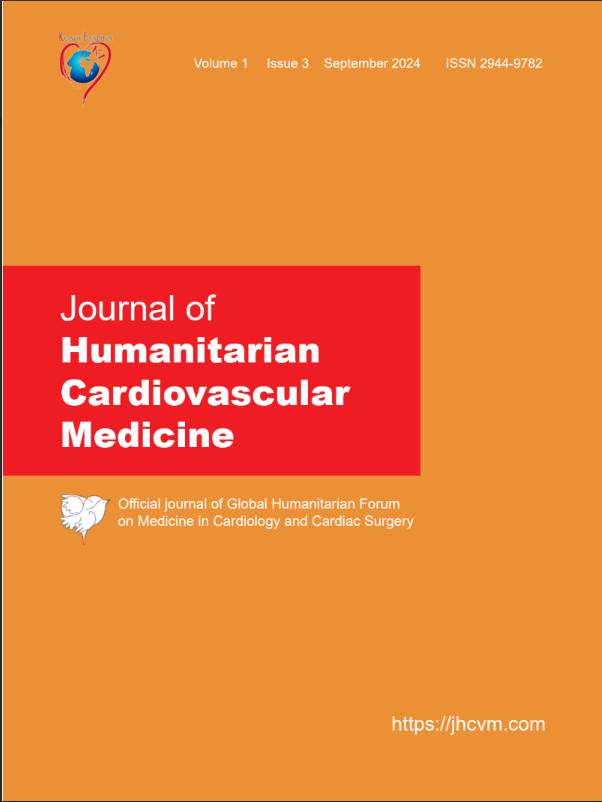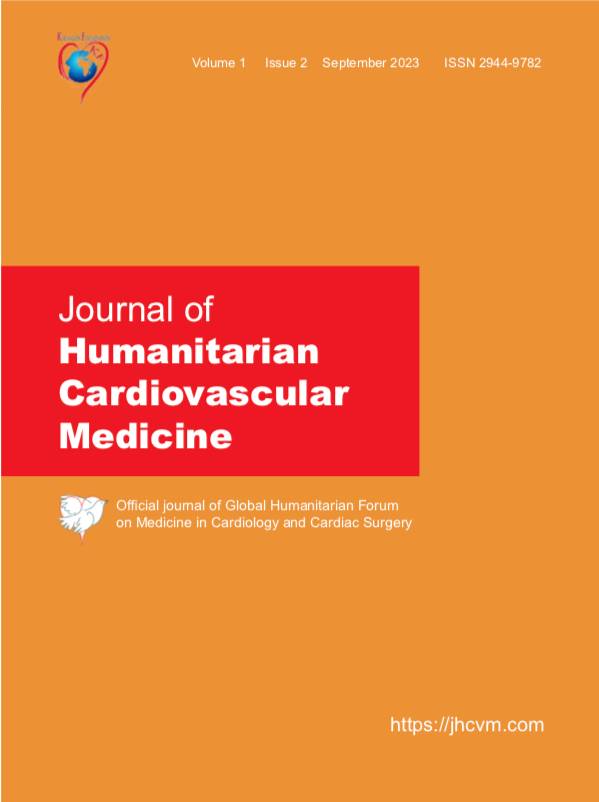Current structure and needs of congenital heart surgery in Europe – a narrative review

Abstract
Background/Objectives: Congenital heart surgery is a relatively small discipline dealing with a circumscript patient population. The statement contrasts with the discipline’s significant clinical impact for individual patients, and with the public health effect on the healthcare system. The aim of this narrative review is to survey the current landscape of congenital heart surgery in Europe, and especially to revisit the specific points of the recommendation document on the optimal center structure twenty years on.
Methods: European demographic patterns and prevalence/incidence of congenital heart disease were studied in national/international information resources. English-language literature of current congenital cardiac surgery practices, outcomes were reviewed. Recommendations on the optimal structure of a pediatric cardiac surgical department were specifically revisited.
Results: Europe is an ageing continent with stagnating birthrate. Promoters of congenital heart disease, e.g., consanguinity, segregated generative populations and lack of termination of pregnancy for fetal anomaly are absent. Congenital heart surgery has a long and successful history with world-renown centers of excellence. European professional organizations – joining forces with international counterparts – pioneer cooperation for establishing standards of quality-of-care, risk stratification and international databases. A review of the original recommendations for the optimal center and regional care structure show that statements on volume, quality are still valid; countries with higher socioeconomical index may have an abundance of centers that, in the pursuit of excellence to achieve the best possible outcomes, regionalization is advised. Owing to a much-improved survival, an increased adult population with operated congenital heart disease transits towards the adult services and requests specialized multidisciplinary teams to care for them.
Conclusions: Europe enjoys an advanced and accessible healthcare system for congenital heart disease. In fostering development, and focusing on quality-of-life rather than just a mere survival, a concentrated collaborative effort seems essential from the multidisciplinary team, researchers, and policymakers.
Article Details
- How to Cite
-
Kiraly, L., & Ong, Z. X. (2025). Current structure and needs of congenital heart surgery in Europe – a narrative review. Journal of Humanitarian Cardiovascular Medicine, 1(3). https://doi.org/10.12681/jhcvm.39886
- Section
- Review Articles
- Categories

This work is licensed under a Creative Commons Attribution-NonCommercial-ShareAlike 4.0 International License.
This work is licensed under a [Creative Commons Attribution-NonCommercial-ShareAlike 4.0 International License|https://creativecommons.org/licenses/by-nc-sa/4.0/]. Authors who publish with this journal agree to the following terms: # Authors retain copyright and grant the journal right of first publication with the work simultaneously licensed under a CC-BY-NC-SA that allows others to share the work with an acknowledgement of the work's authorship and initial publication in this journal. # Authors are able to enter into separate, additional contractual arrangements for the non-exclusive distribution of the journal's published version of the work (e.g. post it to an institutional repository or publish it in a book), with an acknowledgement of its initial publication in this journal. # Authors are permitted and encouraged to post their work online (preferably in institutional repositories or on their website) prior to and during the submission process, as it can lead to productive exchanges, as well as earlier and greater citation of published work (See [The Effect of Open Access|http://opcit.eprints.org/oacitation-biblio.html]).



